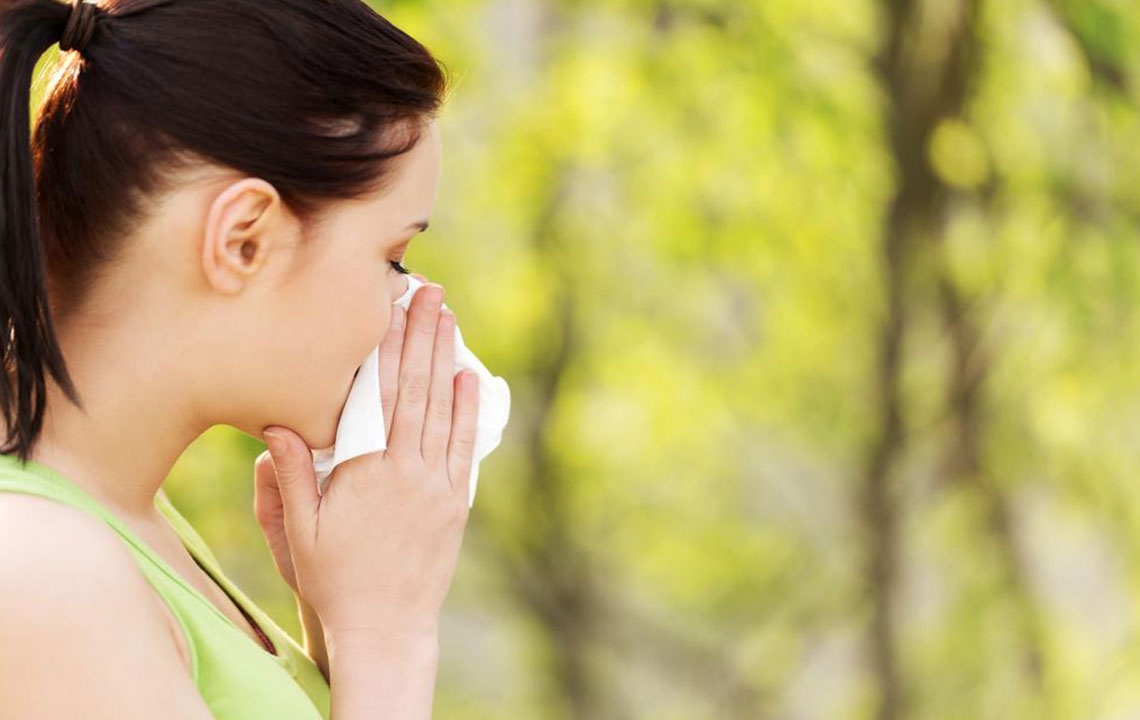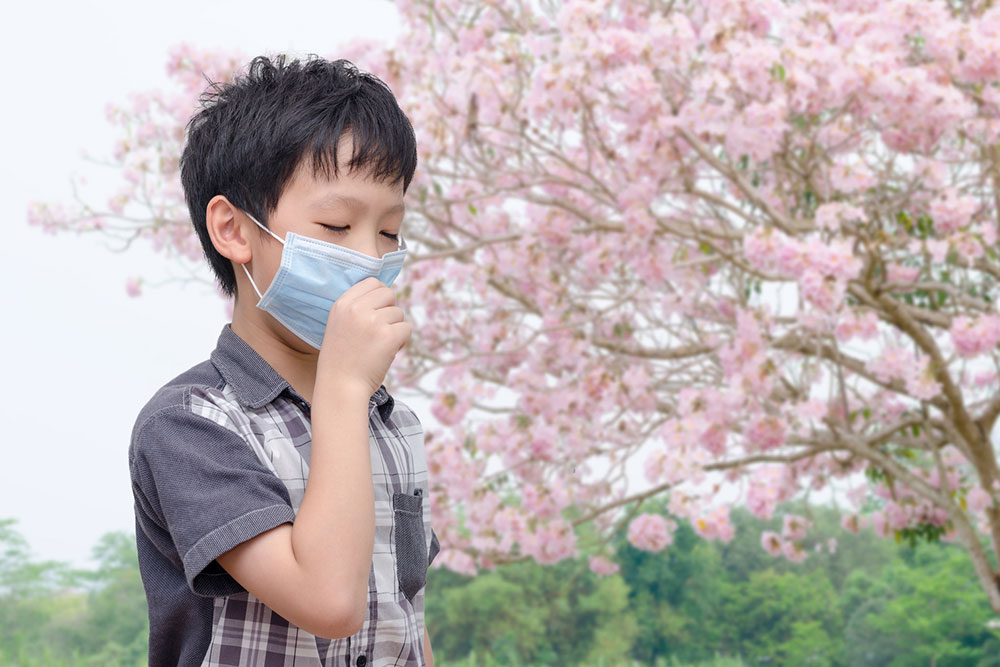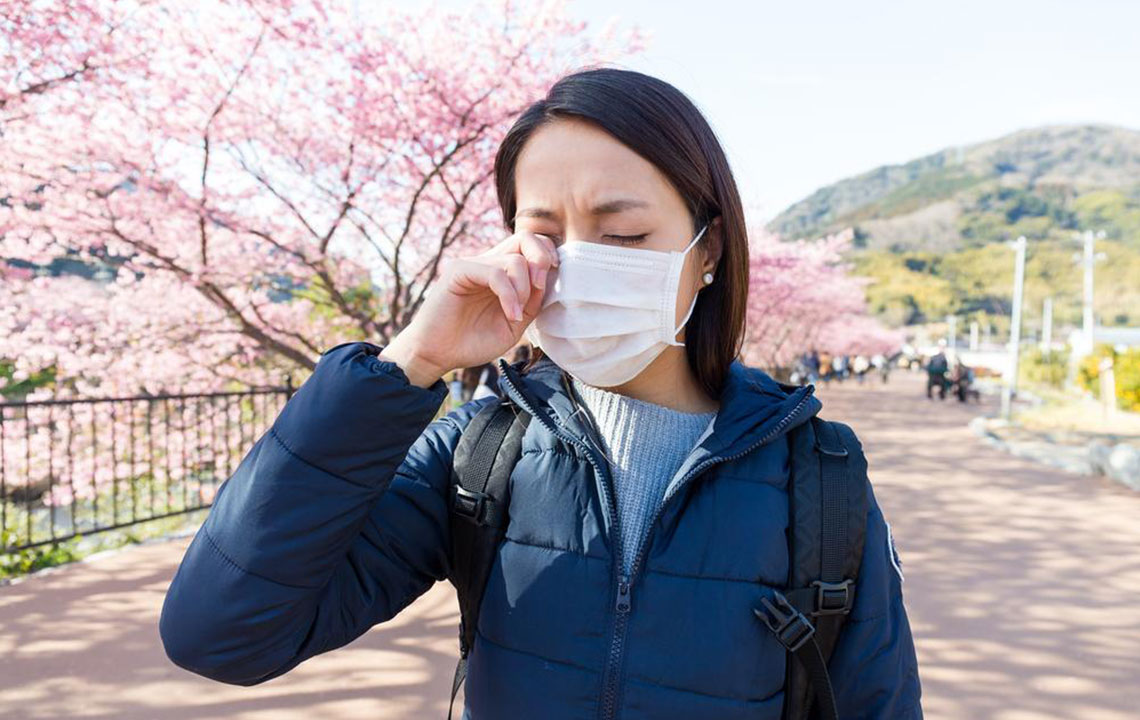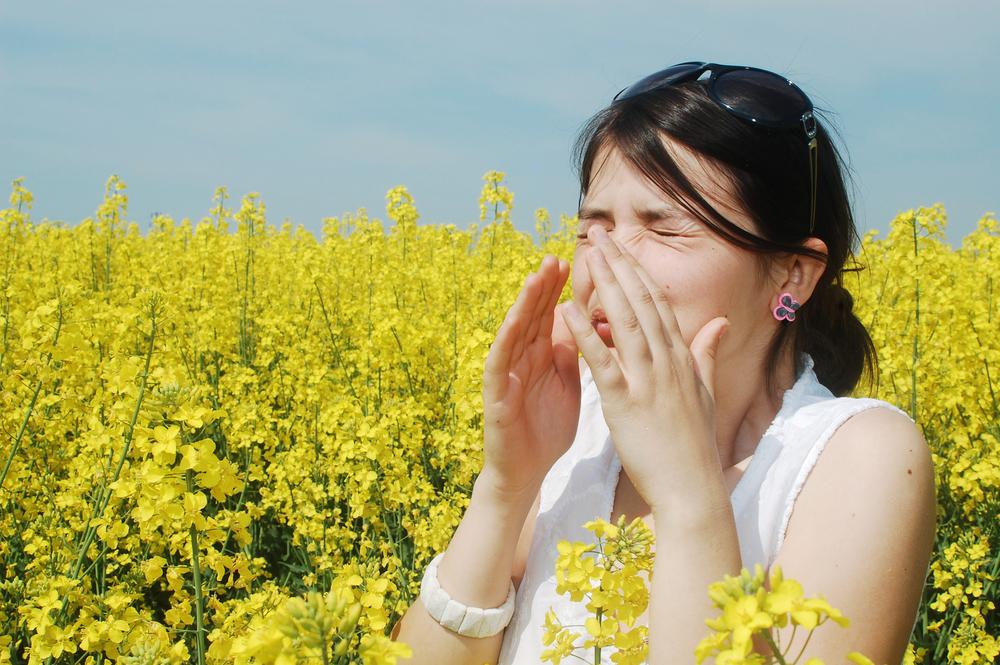Comprehensive Strategies for Effectively Managing Pollen Allergies and Enhancing Respiratory Health
Discover comprehensive strategies to manage pollen allergies effectively. Learn about symptoms, diagnosis, lifestyle adjustments, and long-term treatments such as immunotherapy. Protect your respiratory health and enjoy quality life even during high pollen seasons with expert tips and remedies.
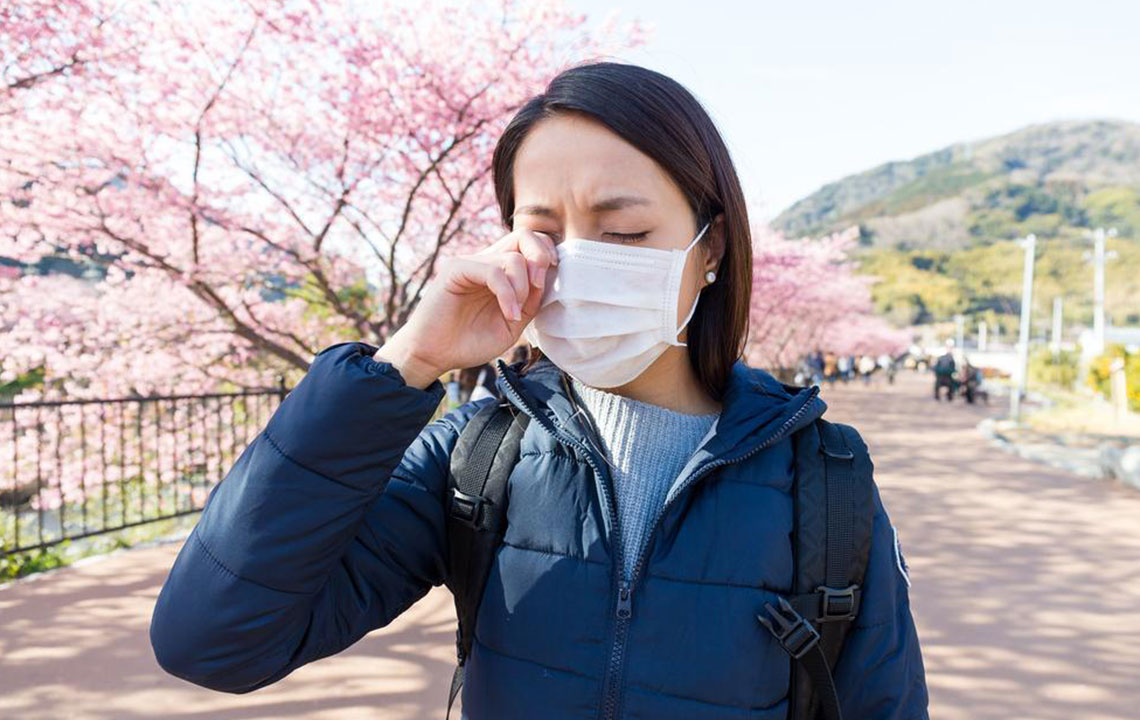
Understanding and Effectively Managing Pollen Allergies
Pollen allergy, also known as allergic rhinitis, is a prevalent health issue impacting millions across the globe, particularly in regions with seasonal bloom cycles. In the United States alone, it’s estimated that around 30% of adults and nearly 40% of children suffer from pollen sensitivities, leading to a significant decline in quality of life for many individuals. This allergic condition is characterized by an immune system overreaction to pollen particles released by grasses, weeds, and flowering plants. These tiny particles become airborne during specific seasons and can be inhaled, triggering allergic responses in sensitive individuals. Understanding the underlying mechanisms of pollen allergy and learning how to manage it effectively is crucial for maintaining respiratory health and well-being.
Pollen is a microscopic powder dispersed into the air by plants during pollination, a natural process essential for plant reproduction. However, for those with pollen sensitivities, these fine particles can act as allergens, provoking immune reactions that result in uncomfortable and sometimes debilitating symptoms. When inhaled, pollen particles come into contact with the immune system, which may mistakenly identify them as harmful invaders like viruses or bacteria. This triggers a cascade of immune responses, releasing chemical mediators such as histamines which lead to typical allergy symptoms.
Common symptoms of pollen allergy include nasal congestion, frequent sneezing, watery and itchy eyes, sore throat, coughing, and in some cases, breathing difficulties related to asthma. These symptoms often follow a seasonal pattern, coinciding with specific plant pollination periods, such as spring for birch pollen and both spring and fall for ragweed. For some individuals, pollen allergies may be perennial, manifesting year-round due to constant exposure to indoor and outdoor sources. Recognizing these signs early and accurately diagnosing pollen sensitivity are essential steps towards effective management and relief strategies.
Recognizing key symptoms can help distinguish pollen allergy from other respiratory conditions. These include:
Persistent nasal congestion and stuffiness
Frequent sneezing spells, especially in the morning or during windy days
Clear, watery nasal discharge
Itchy, red, and watery eyes
Itchiness in the throat and palate
Wheezing, especially in individuals with asthma
Coughing, often worse at night
Sinus pressure and facial pain due to inflamed sinuses
Scratchy or sore throat from postnasal drip
Swelling of the skin with a bluish tint (rare)
Reduced sense of taste or smell during allergy flare-ups
Proper diagnosis is crucial for effective treatment. Consulting an allergy specialist involves detailed medical history analysis and allergy testing, such as skin prick tests or blood tests (like specific IgE tests). These assessments help identify specific pollen types triggering allergic responses, allowing personalized management plans.
While avoiding pollen exposure completely can be challenging, a combination of informed lifestyle adjustments and medical interventions can significantly reduce symptoms. Measures include:
Staying indoors during peak pollen seasons, especially on windy, dry days when pollen counts soar
Avoiding outdoor activities such as gardening or mowing during high pollen times
Wearing protective masks when outdoor exposure is unavoidable
Keeping windows and doors closed to block pollen entry inside homes and cars
Using high-efficiency particulate air (HEPA) air purifiers indoors to filter airborne allergens
Pharmacological treatments are often recommended, including antihistamines (like loratadine, cetirizine), decongestants (like pseudoephedrine, oxymetazoline), and nasal corticosteroids. For severe or persistent allergies, allergy immunotherapy (allergy shots) offers a long-term solution by gradually desensitizing the immune system to specific pollen allergens over several years. This approach can substantially decrease the intensity and frequency of allergic reactions.
Besides medication, natural remedies and lifestyle changes also play vital roles in symptom relief. Nasal irrigation with sterile saline solutions or neti pots can help clear pollen and mucus from nasal passages. Herbal supplements such as spirulina, butterbur, and quercetin have shown potential in reducing allergy symptoms, though consulting healthcare providers before usage is recommended. Additionally, maintaining an indoor environment with air purifiers, washing outdoor clothes promptly, and drying them indoors can lower indoor pollen levels. Implementing these strategies can comfort allergy sufferers and enhance everyday living.
In summary, effective management of pollen allergies involves a holistic approach that combines smart lifestyle choices, appropriate medical treatments, and ongoing allergy monitoring. By adopting these comprehensive strategies, individuals can significantly lessen their suffering, prevent complications like hay fever or chronic allergic rhinitis, and maintain a healthier respiratory system. Staying informed about pollen forecasts and taking proactive measures can lead to a more symptom-free and balanced life during peak pollen seasons.
